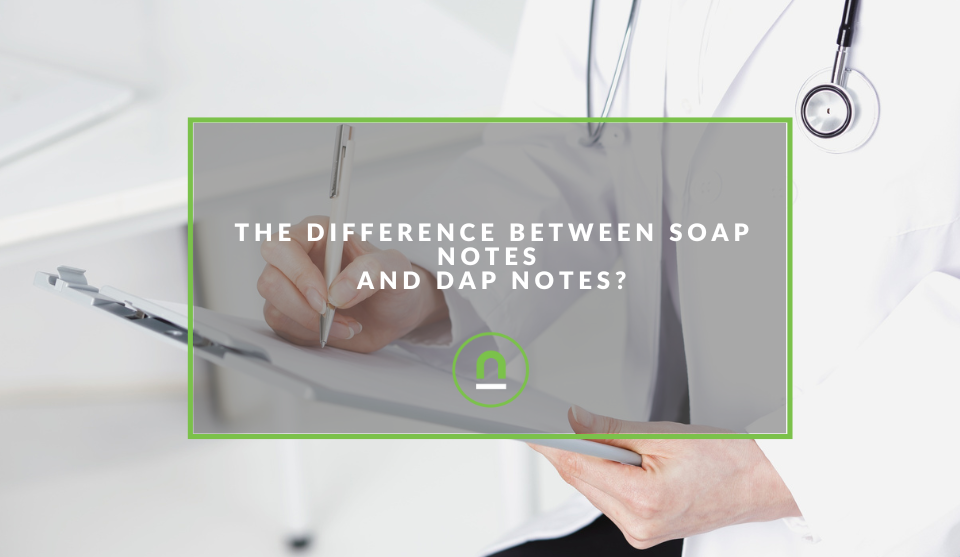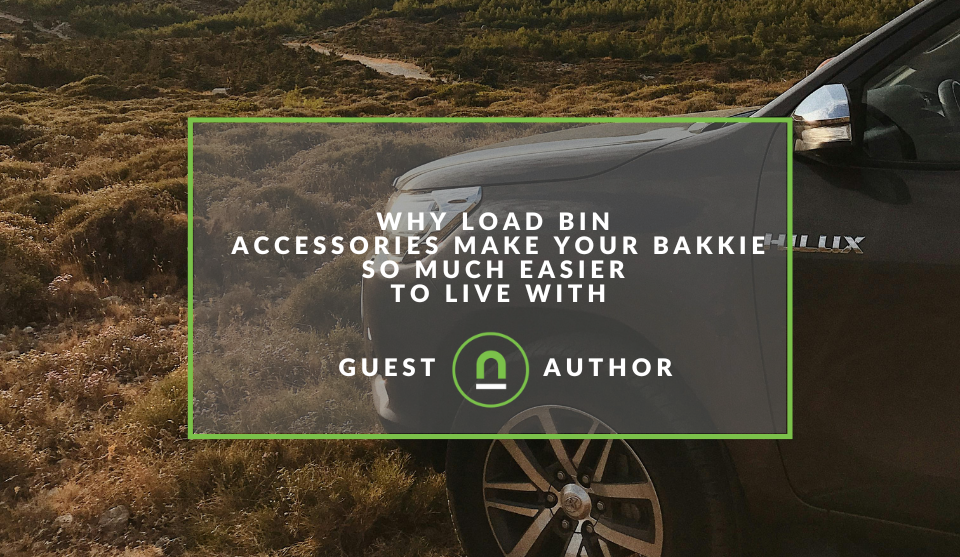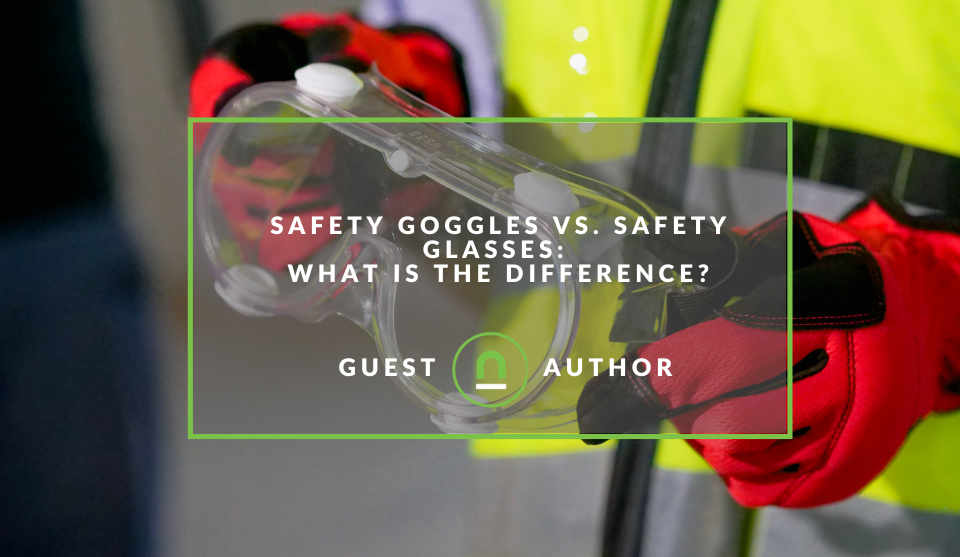Recent posts

nichemarket Advice
The South African VAT Threshold Chokehold
05 December 2025

Doctors Orders
The Difference Between SOAP Notes and DAP Notes
02 December 2025

Petrol heads
Why Load Bin Accessories Make Your Bakkie So Much Easier to Live With
26 November 2025

Alarming
What Is The Part Time Job WhatsApp Scam?
25 November 2025
Popular posts
Extravaganza
Trending Music Hashtags To Get Your Posts Noticed
24 August 2018
Geek Chic
How To Fix iPhone/iPad Only Charging In Certain Positions
05 July 2020
Extravaganza
Trending Wedding Hashtags To Get Your Posts Noticed
18 September 2018
Money Talks
How To Find Coupons & Vouchers Online In South Africa
28 March 2019
Safety Goggles vs. Safety Glasses: What Is the Difference?
21 July 2025 | 0 comments | Posted by Dina Summers in Ace of Trades
When working in environments with potential hazards, eye protection is non-negotiable. But not all protective eyewear is created equal. Choosing between safety goggles and safety glasses depends on the type of risk, the nature of the task, and the level of protection required.
While both are designed to shield your eyes from danger, the differences in coverage, fit, and function are significant.
Design and Coverage
Safety glasses look similar to regular eyeglasses but are made of impact-resistant materials. They offer basic protection from flying debris, dust, and minor splashes. Many include side shields for additional coverage, but they still leave gaps around the eyes.
Safety goggles, on the other hand, form a tight seal around the eyes. This design prevents particles, liquids, and fumes from reaching the eyes from any angle. Because of their snug fit, goggles provide a higher level of protection in high-risk environments like chemical labs or construction sites with airborne particles.
Situational Suitability
For tasks involving grinding, sawing, or drilling, safety glasses are usually sufficient. They provide impact resistance and are comfortable for extended wear. They are lightweight, fit like normal glasses, and can be worn over prescription lenses if needed.
Goggles are better suited for situations involving liquid splashes, chemical exposure, or fine dust. Since safety goggles create a sealed barrier, they’re essential in environments where vapors or airborne contaminants are present.
For example, in a lab dealing with caustic substances or a woodworking shop with fine sawdust, goggles provide superior shielding.
Comfort and Fogging Considerations
Comfort is a key factor in choosing between the two. Safety glasses tend to be more breathable and fog less often, making them more popular for general use. However, because they don’t seal the eyes completely, they aren’t ideal for all scenarios.
Goggles can sometimes become hot or foggy, especially during intense physical activity or in humid environments. Many models now come with anti-fog coatings and indirect ventilation to help with airflow and visibility. Proper fit and ventilation design make a significant difference in long-term wearability.
Standards and Certifications
Both safety goggles and glasses should meet American National Standards Institute (ANSI) Z87.1 standards for impact protection. However, certain goggles also meet higher specifications for chemical resistance or splash protection.
Always check for the proper certification based on the task at hand.
In industrial settings, your employer may specify which type of eyewear is required for each job type.
| Feature | Safety Glasses | Safety Goggles |
|---|---|---|
| Coverage | Partial, open around edges | Full, tight seal around eyes |
| Protection | Impact, flying debris (front and sides) | Splashes, fine particles, fumes, severe impact |
| Comfort | Lightweight, comfortable for extended wear | Bulkier, potentially less comfortable for long periods |
| Airflow | Allows air to flow around eyes | Limited, can cause fogging |
| Prescription | Can be worn over regular glasses or prescription options available | Often fit over regular glasses, or prescription options are available |
Comparisons between glasses and goggles
Keep your eyes clear of Danger.
Choosing between safety goggles and safety glasses should come down to the nature of the hazard and the level of exposure. If the risk involves airborne debris, light dust, or occasional splashes, safety glasses usually provide enough protection.
They’re lightweight, easy to wear, and compatible with most work environments that don’t involve high-risk substances.
However, when you're working with chemicals, fine particulate matter, or in situations where there's a risk of splashes reaching the eyes from multiple directions, goggles are a smarter choice. Their sealed fit offers a higher degree of protection, ensuring contaminants don’t slip through gaps and compromise your safety.
Tell us your story.
Would you like to write for nichemarket just like Dina has? Find out how to submit a guest post, and when you're ready, you can contact us.
Are you looking to promote your business?
Real estate businesses can create their free business listing on nichemarket. The more information you provide about your business, the easier it will be for your customers to find you online.
Registering with nichemarket is easy; all you will need to do is head over to our sign-up form and follow the instructions. If you require a more detailed guide on how to create your profile or your listing, then we highly recommend you check out the following articles.
Recommended reading
If you enjoyed this post and have time to spare, why not check out these related posts and dive deeper down the rabbit hole that is safety?
You might also like
How Data Has Changed The Healthcare Sector
24 November 2025
Posted by Victoria Maxwell in Doctors Orders
Data drives healthcare evolution: enhancing precision medicine, improving diagnostics, streamlining operations, accelerating drug discovery and more
Read moreMaximising Business and Trading Opportunities Through Smart Online Strategies
07 November 2025
Posted by Marcus Nord in Money Talks
This article aims to outline for entrepreneurs, SMEs, and individual traders how better outcomes might be achieved through well-designed online strat...
Read more{{comment.sUserName}}
{{comment.iDayLastEdit}} day ago
{{comment.iDayLastEdit}} days ago
 {{blogcategory.sCategoryName}}
{{blogcategory.sCategoryName}}


